Travel photography: Portugal 2018 - The South
November 24, 2018
Alcobaça Monastery
The Cistercian Monastery of Alcobaça, founded in 1153, is one of the most important Monasteries of the whole country. It is one of the most visited historical sights with over a quarter million visitors a year.
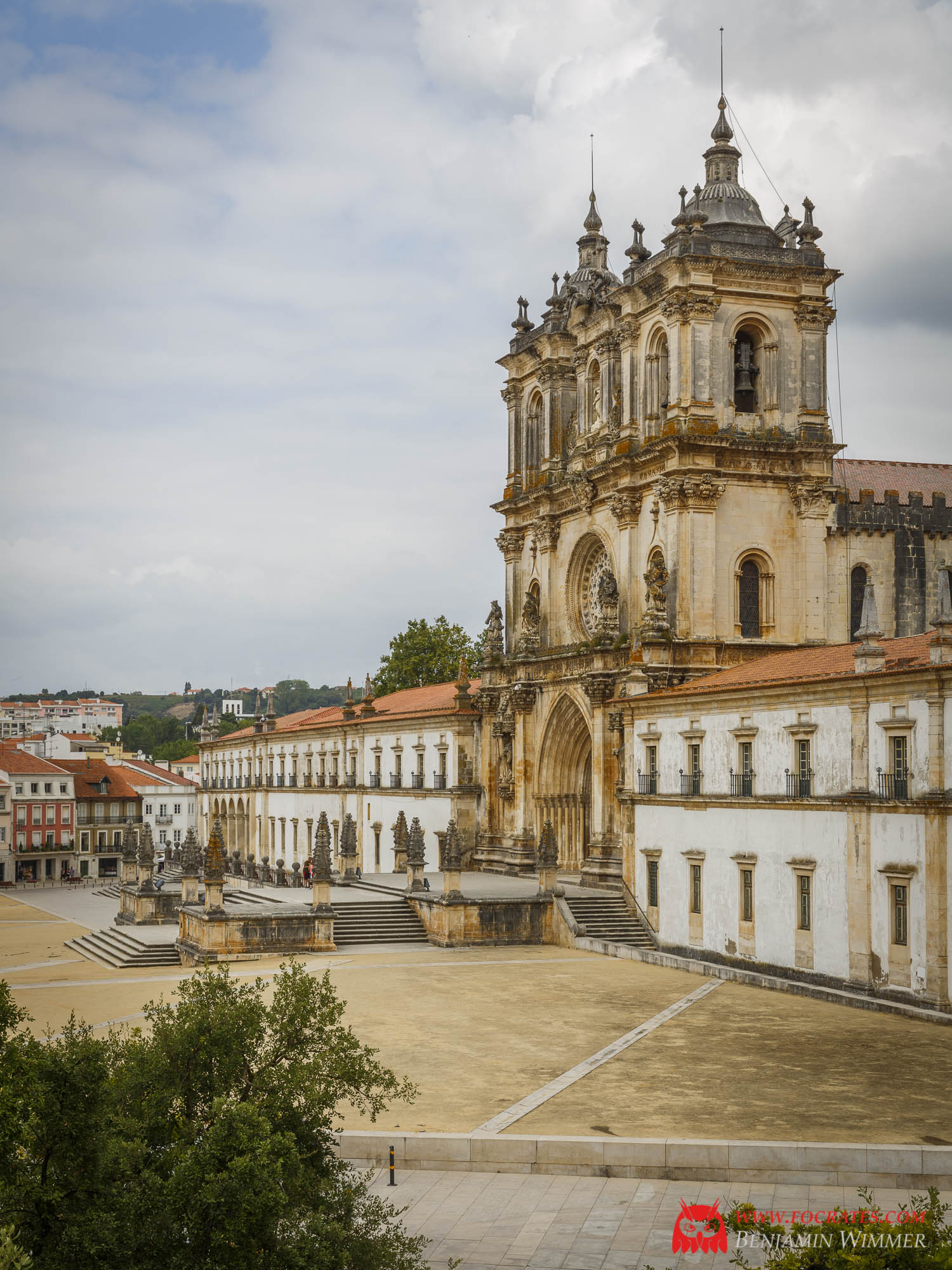
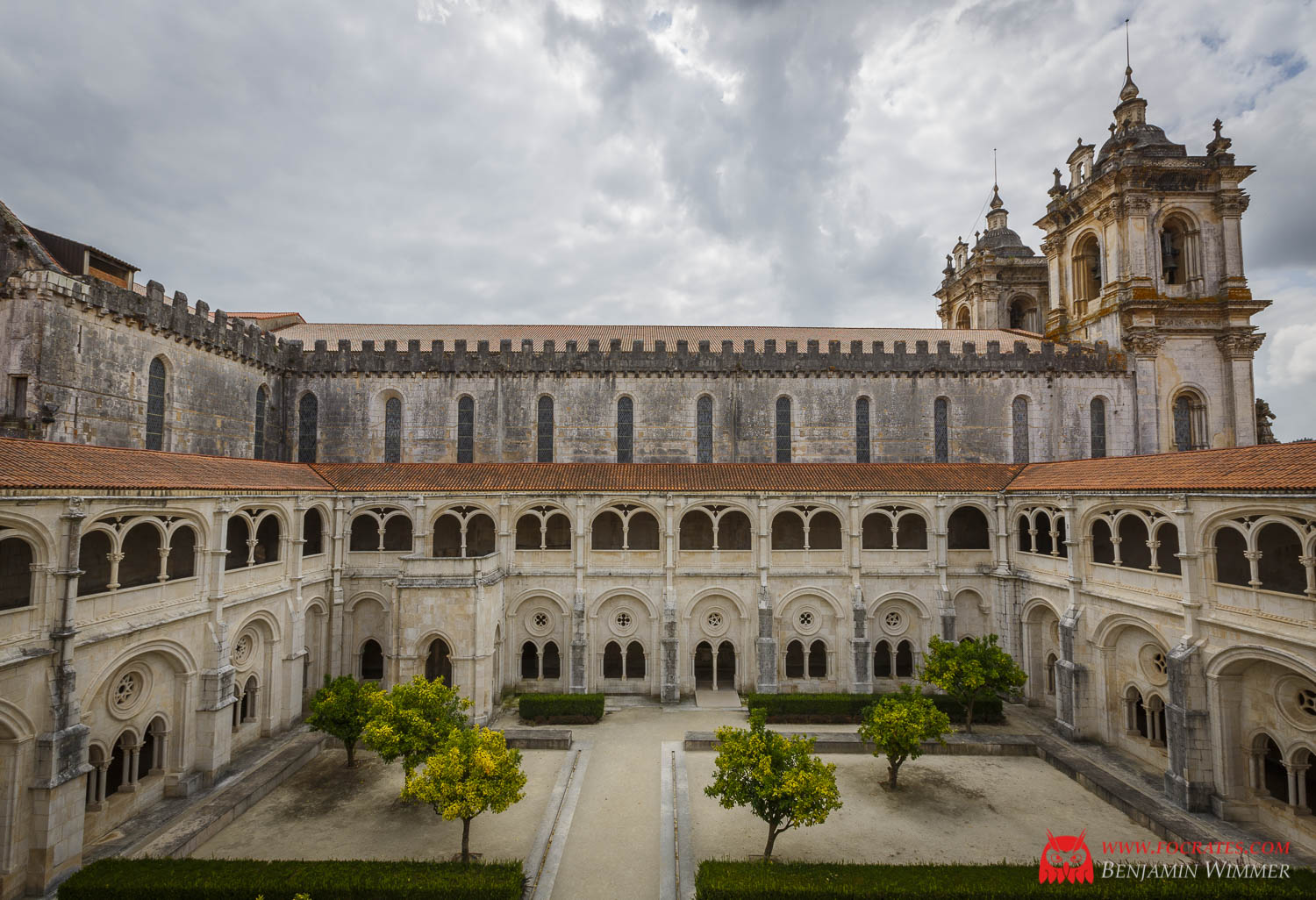
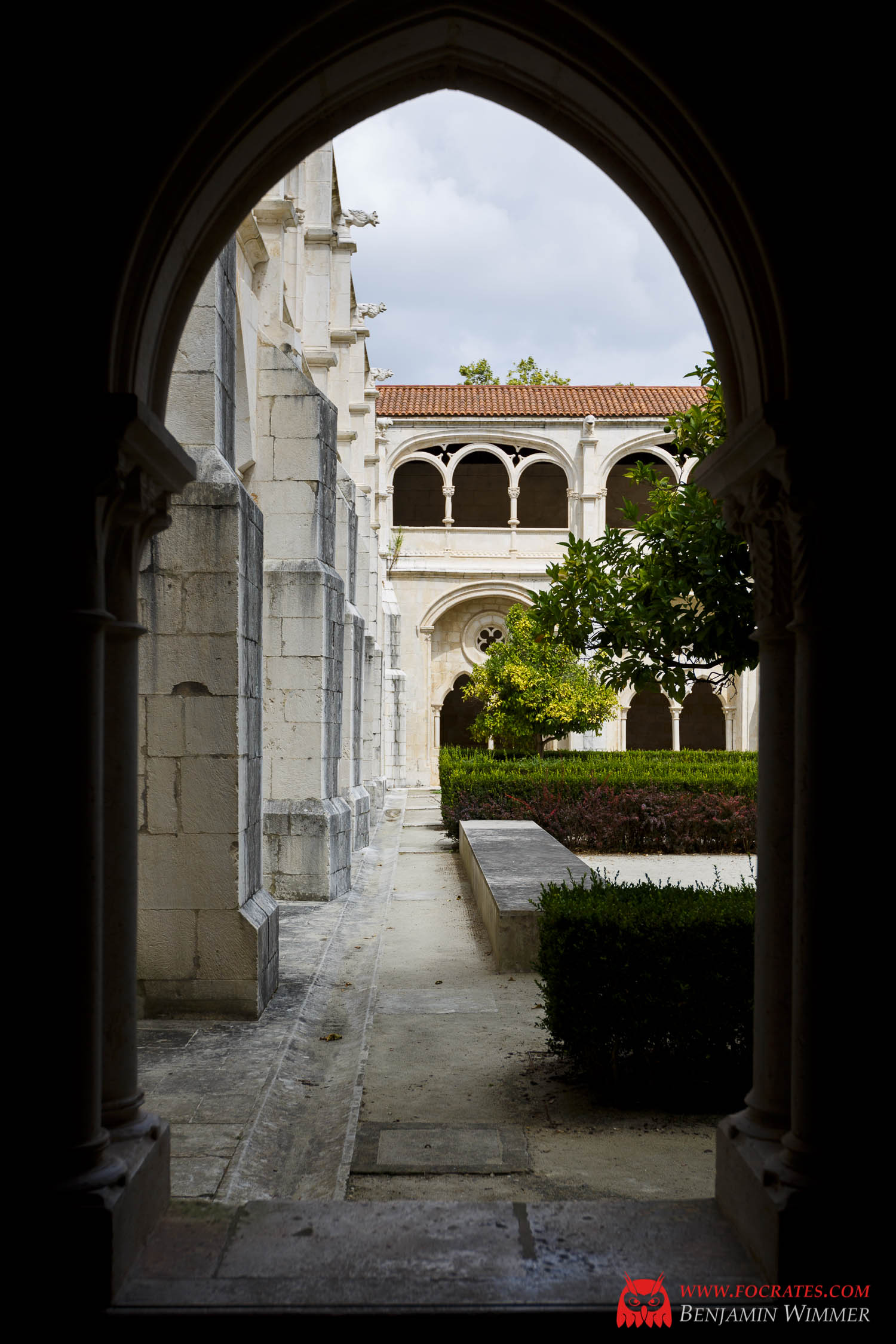
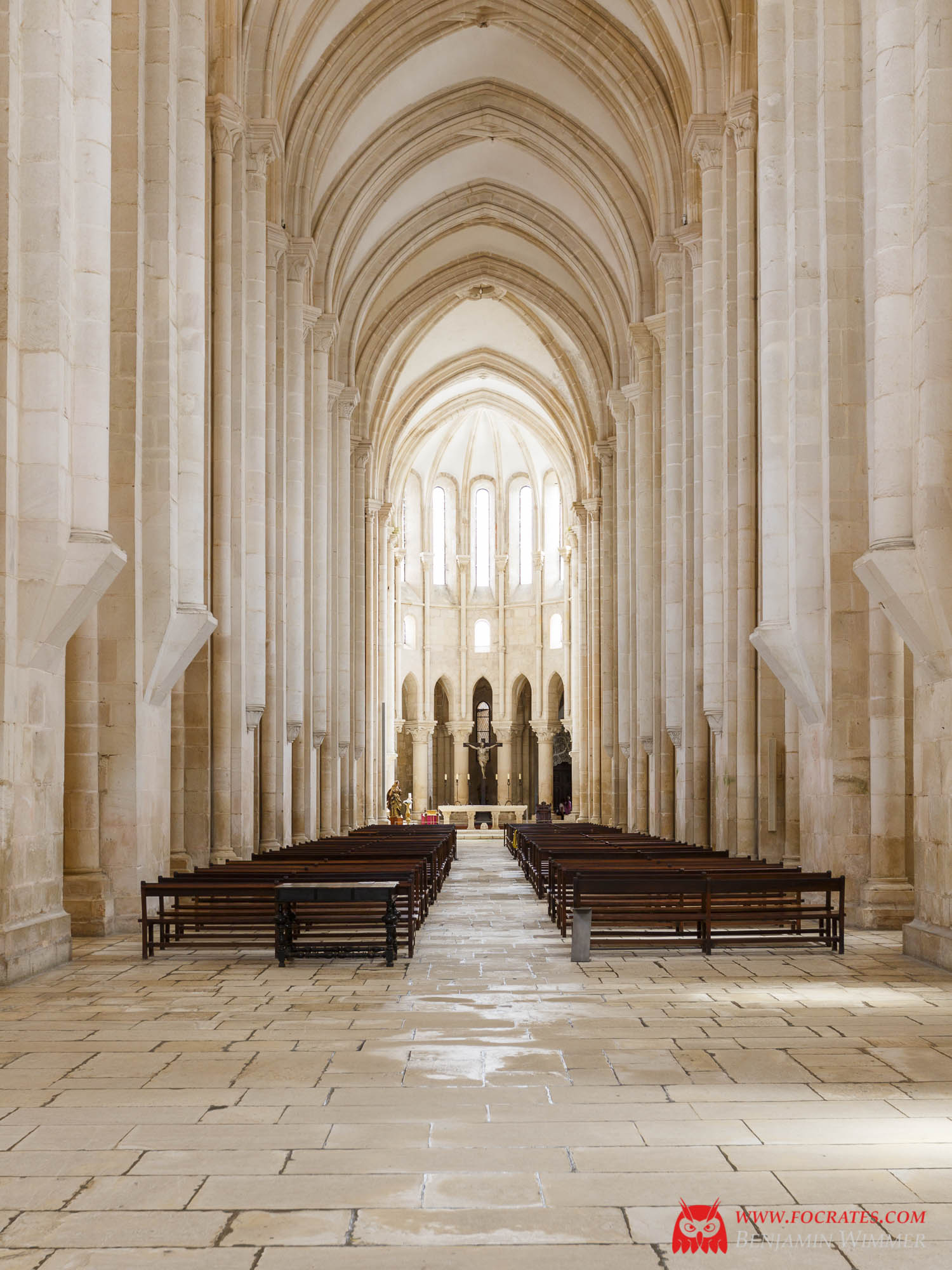
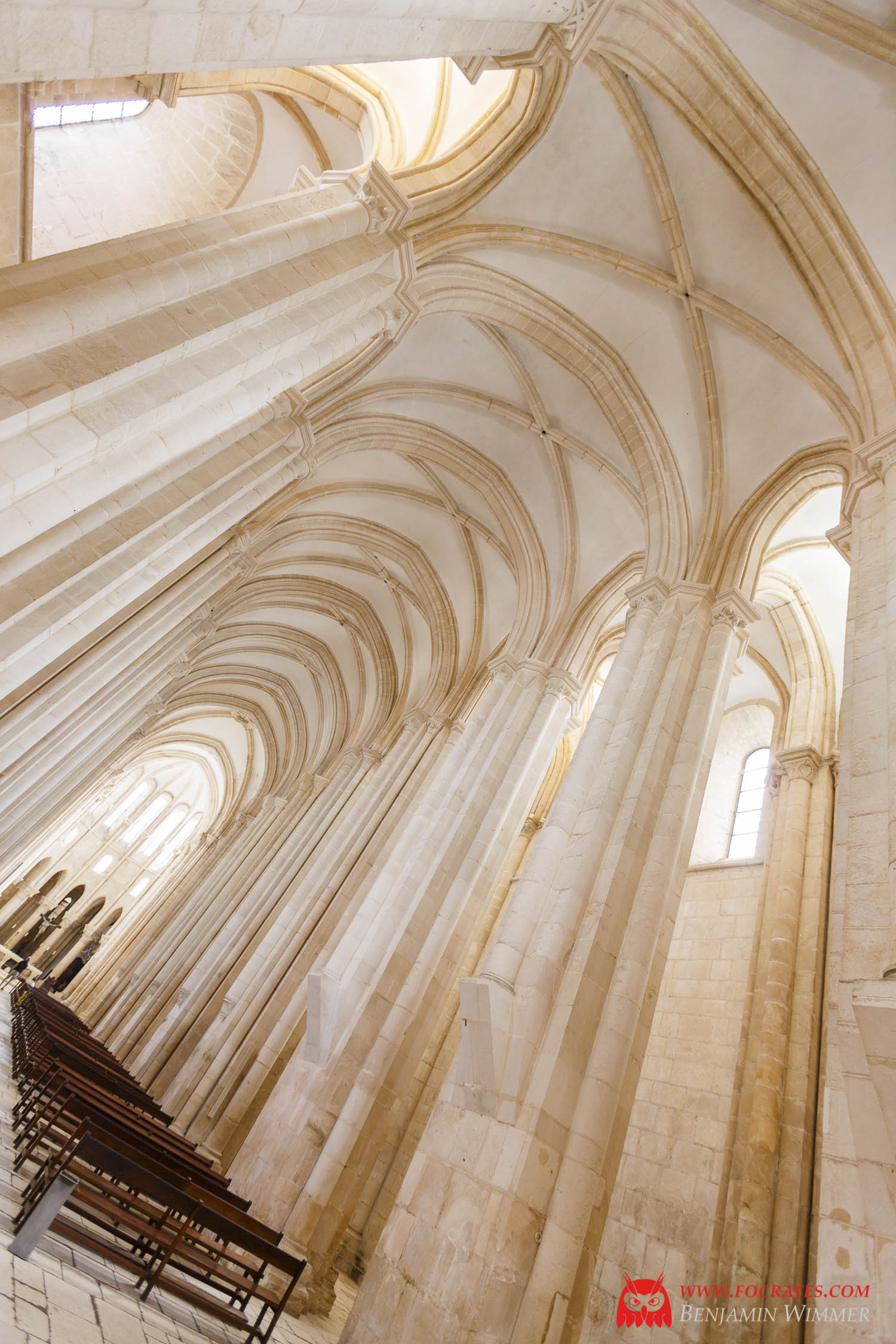

Évora
A member of the 'Most Ancient European Towns Network' and already an important center at Roman times, Évora is one of the most interesting historical sites in the country.
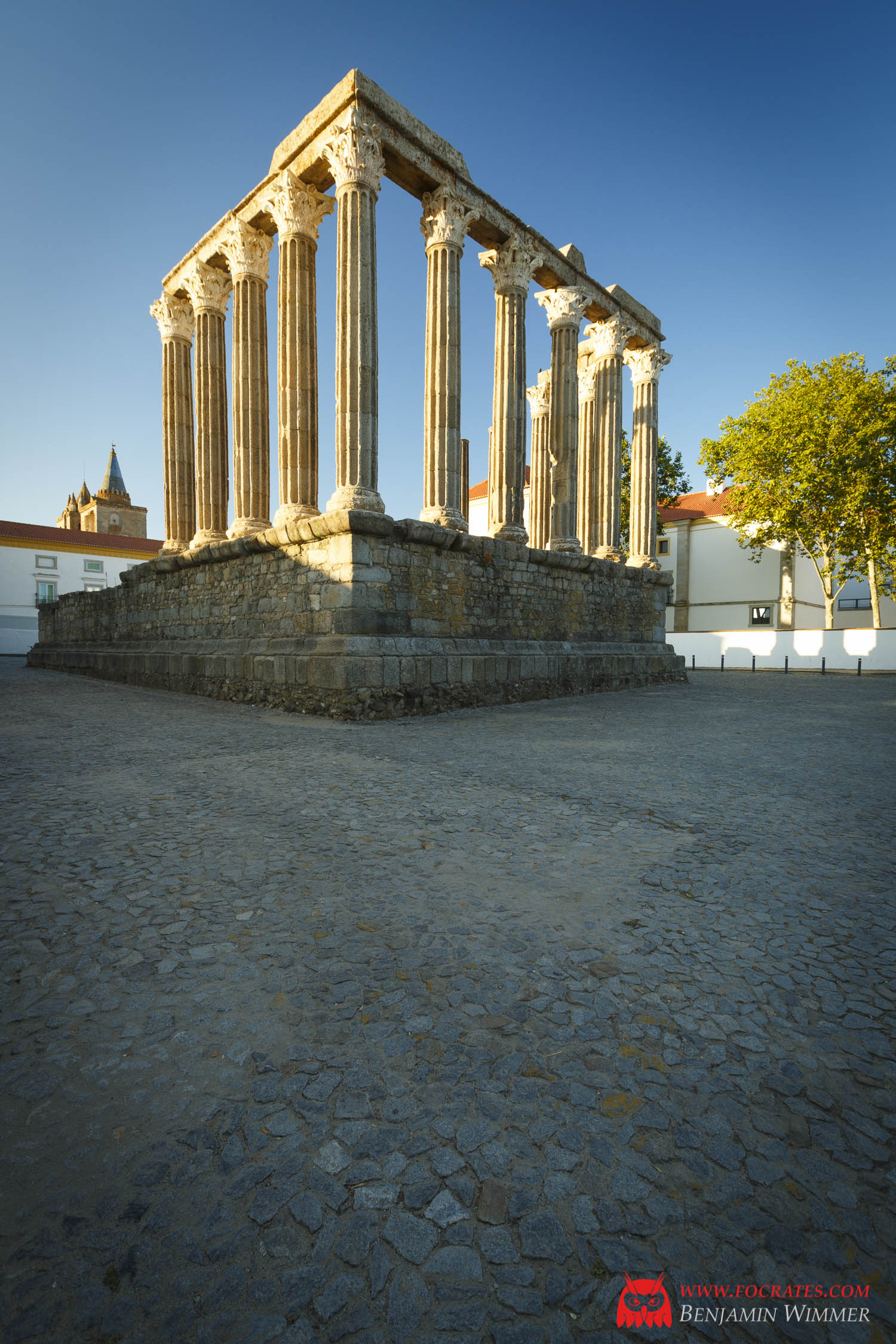
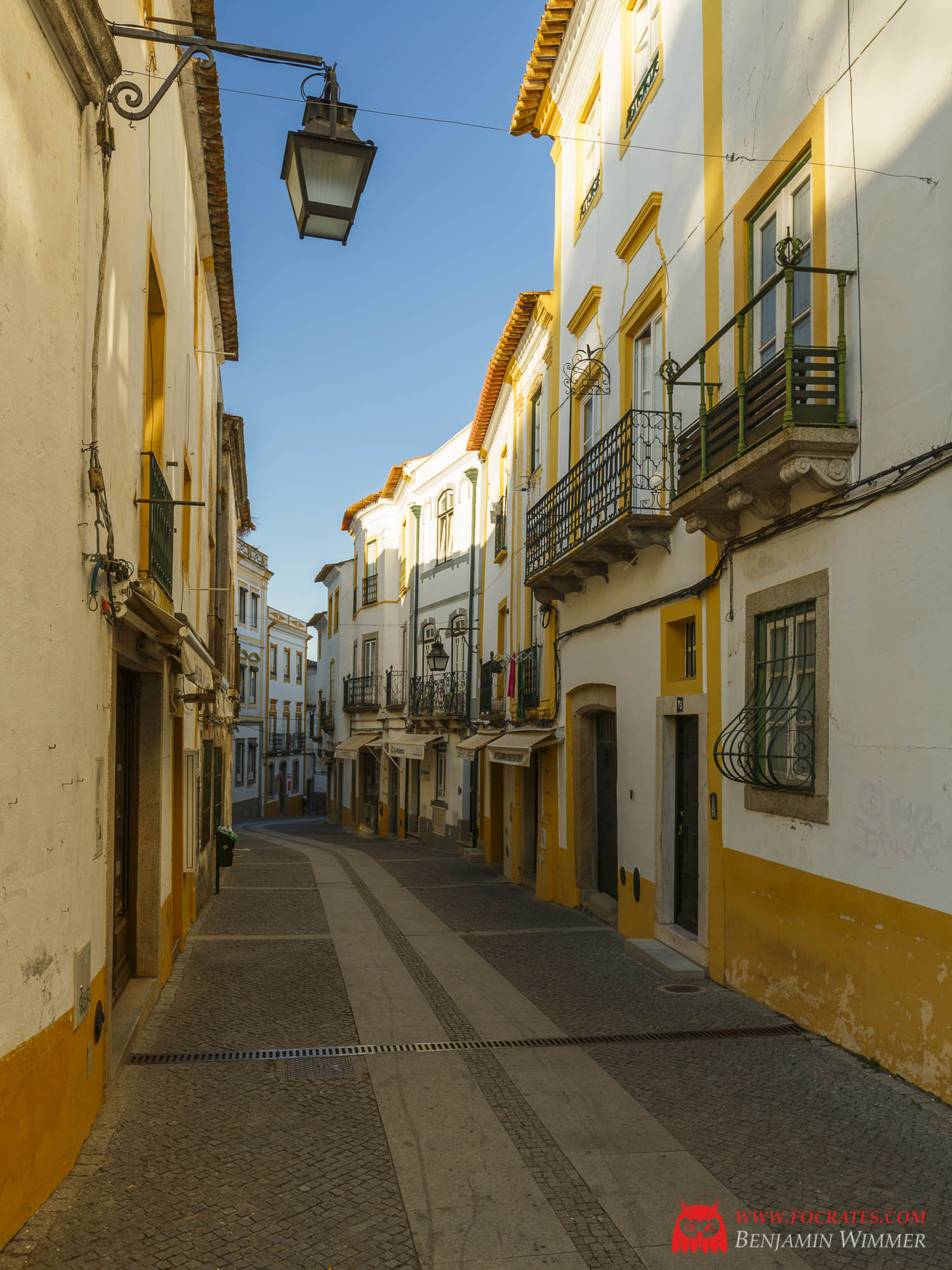
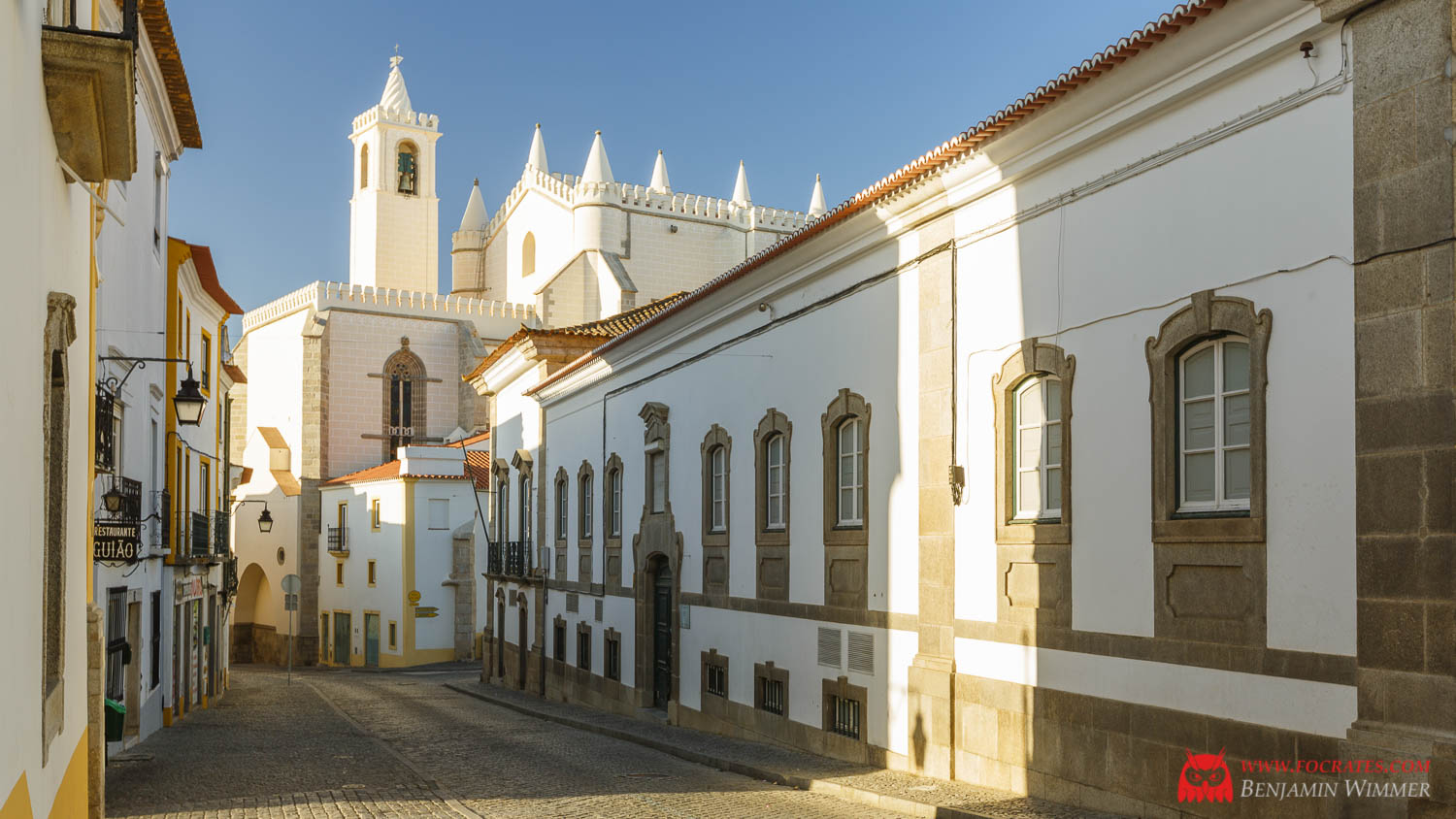

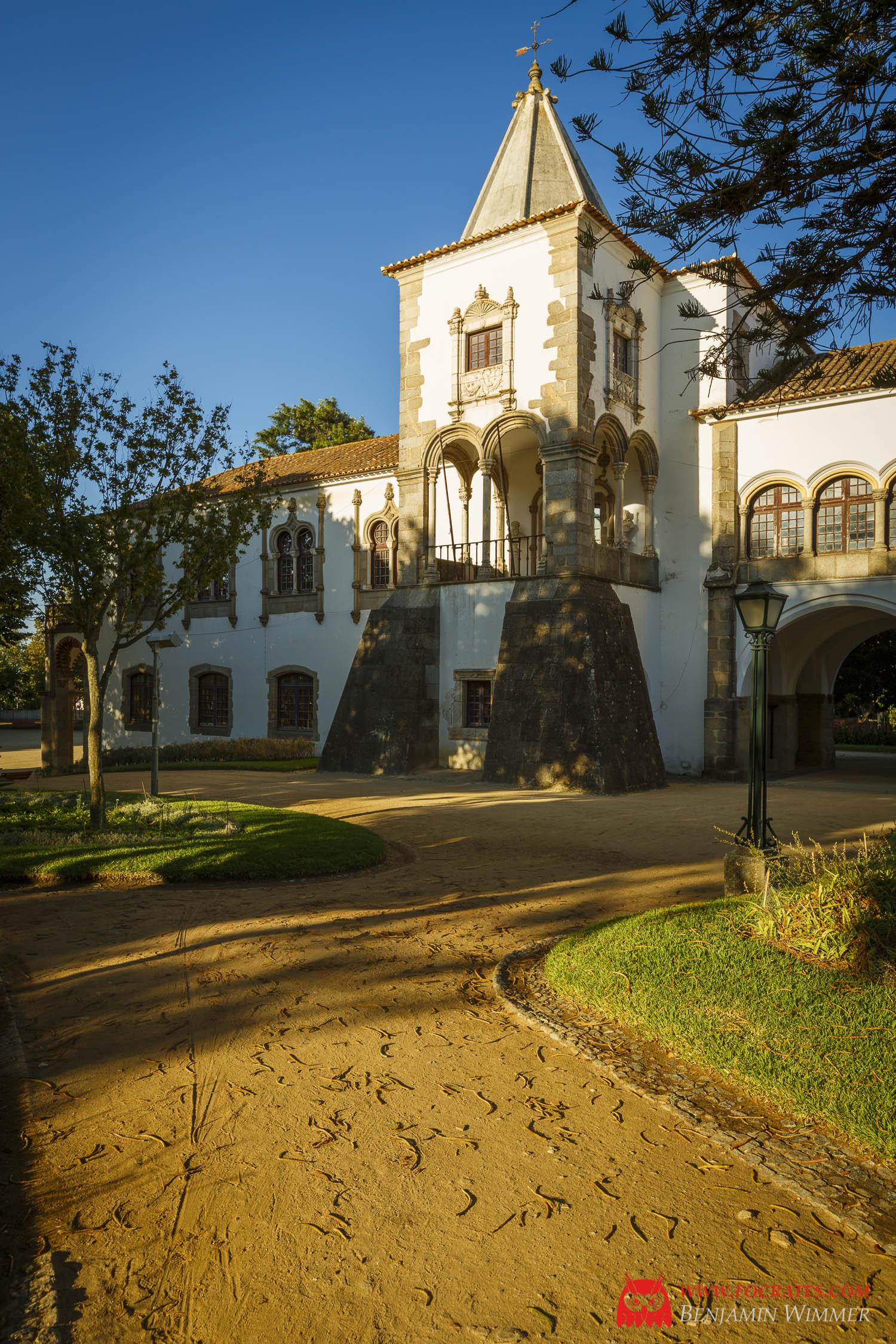
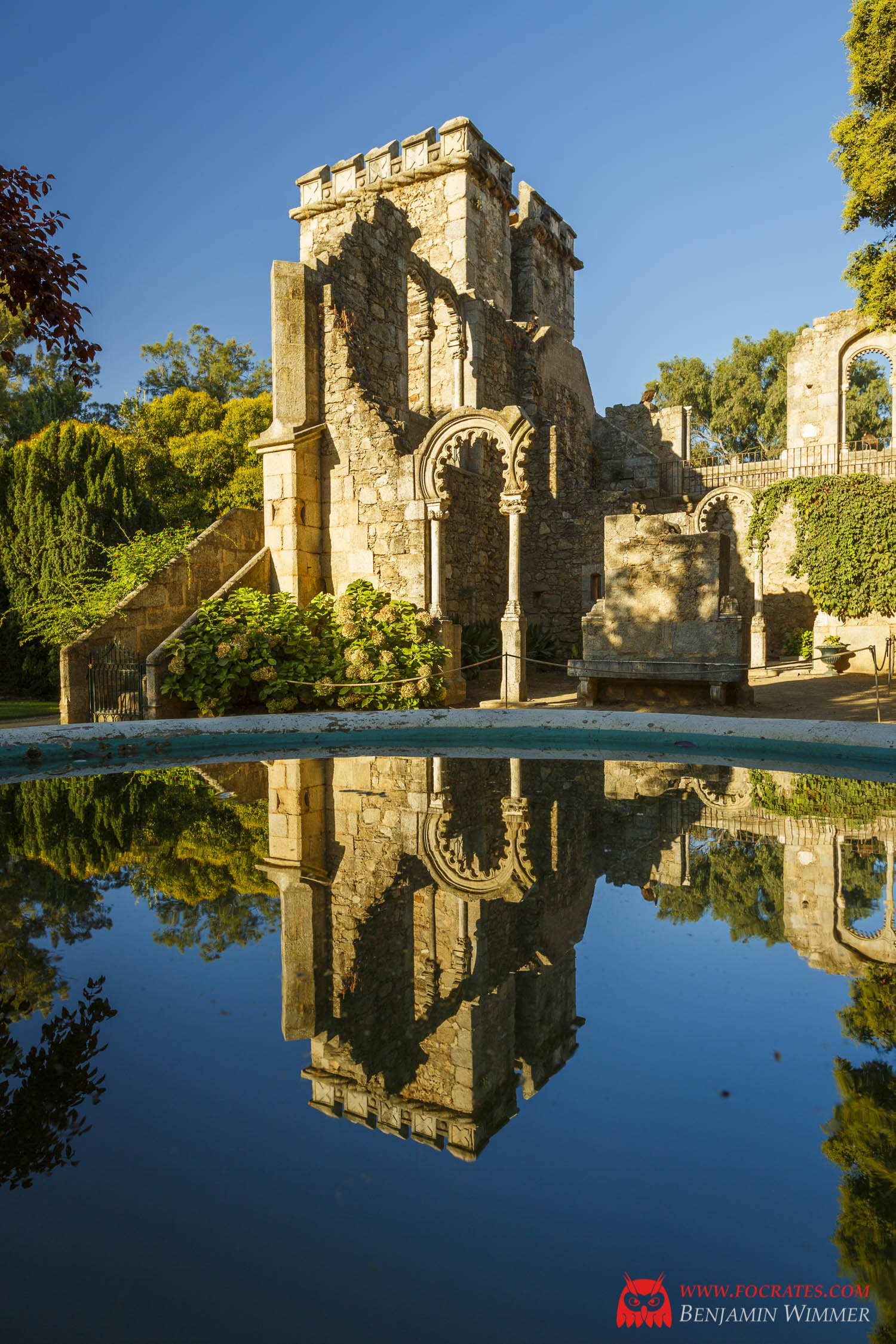
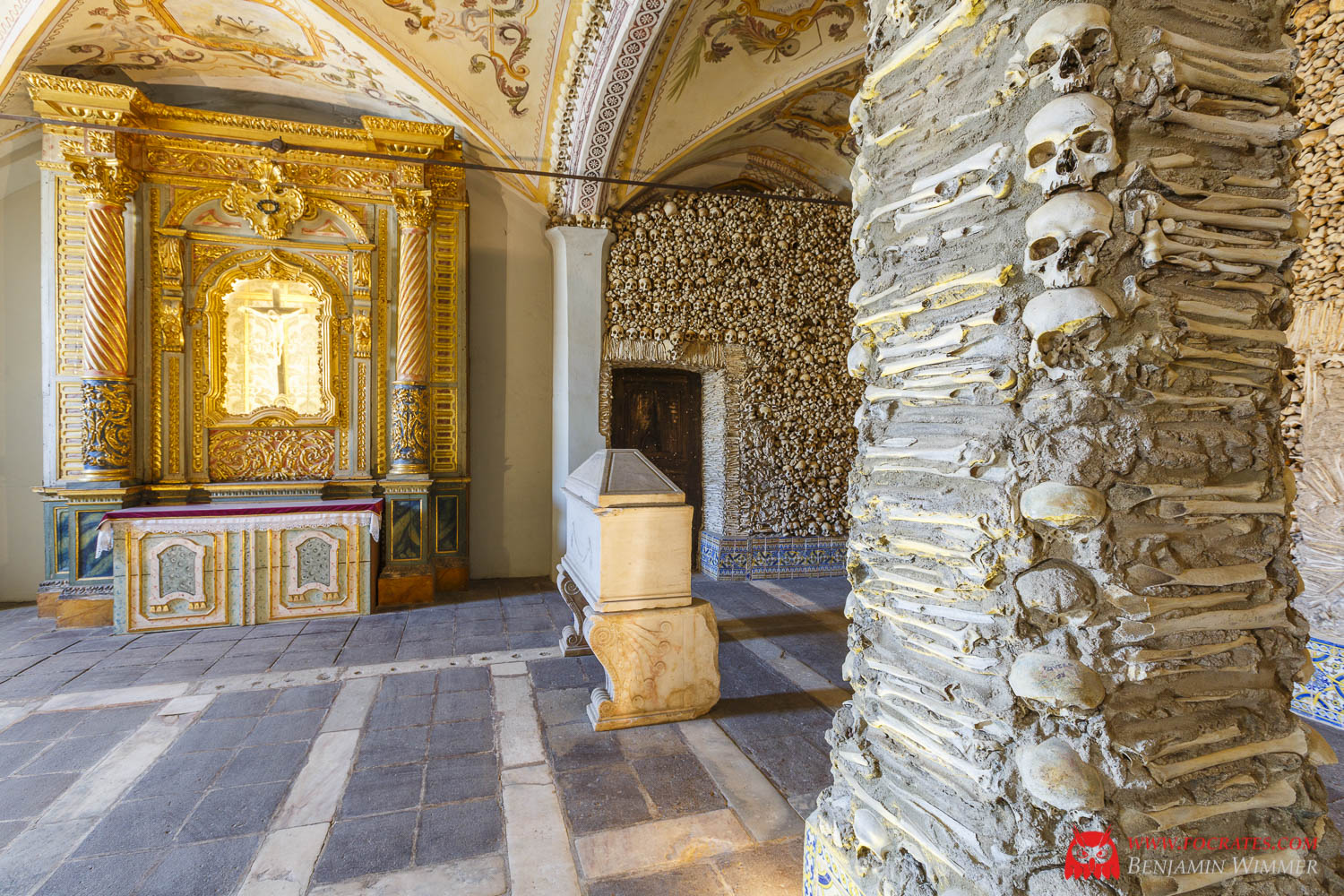
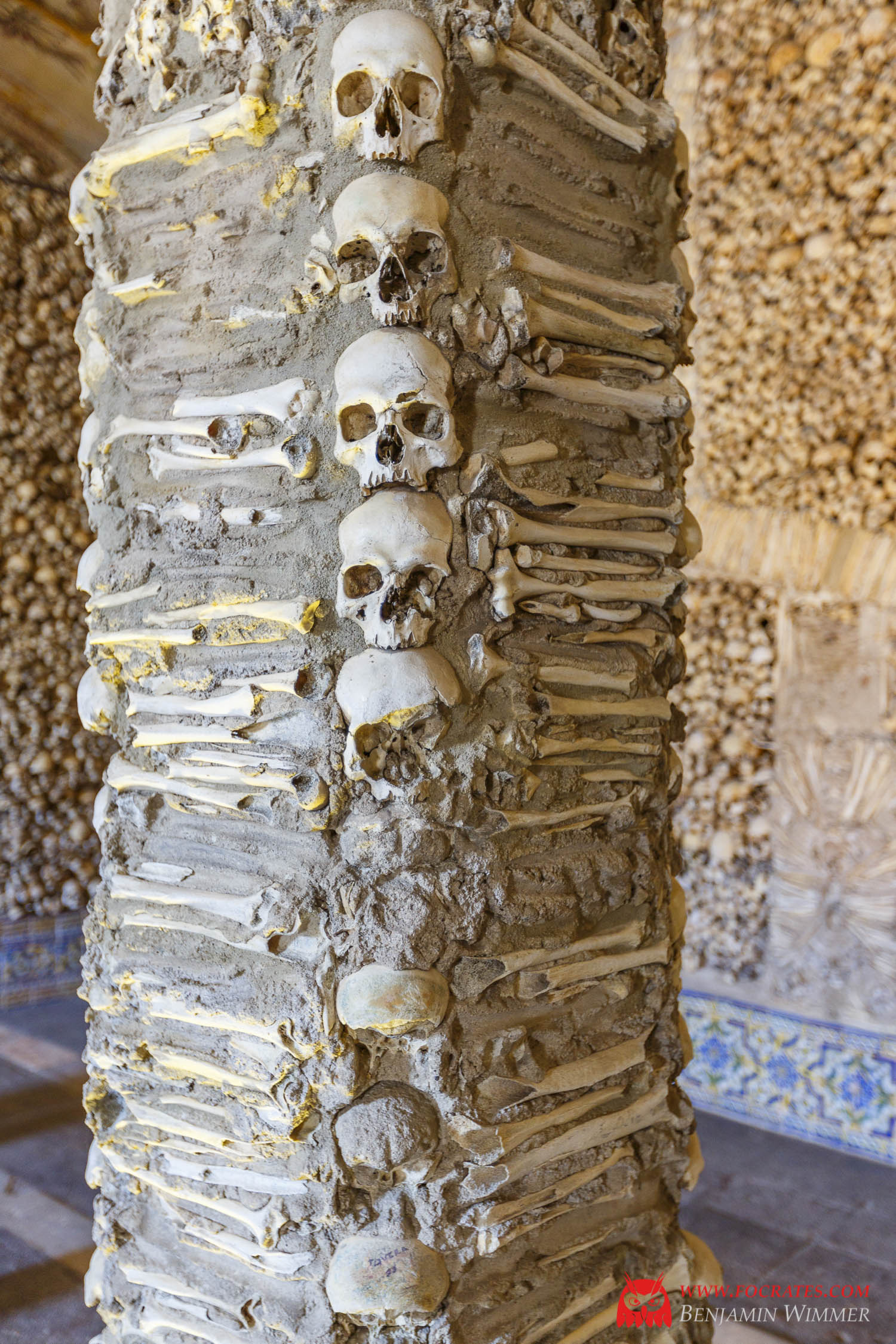
Sintra
Culturally and touristically Sintra is one of the most important places in Portugal. It is especially famous for its palaces and monuments.
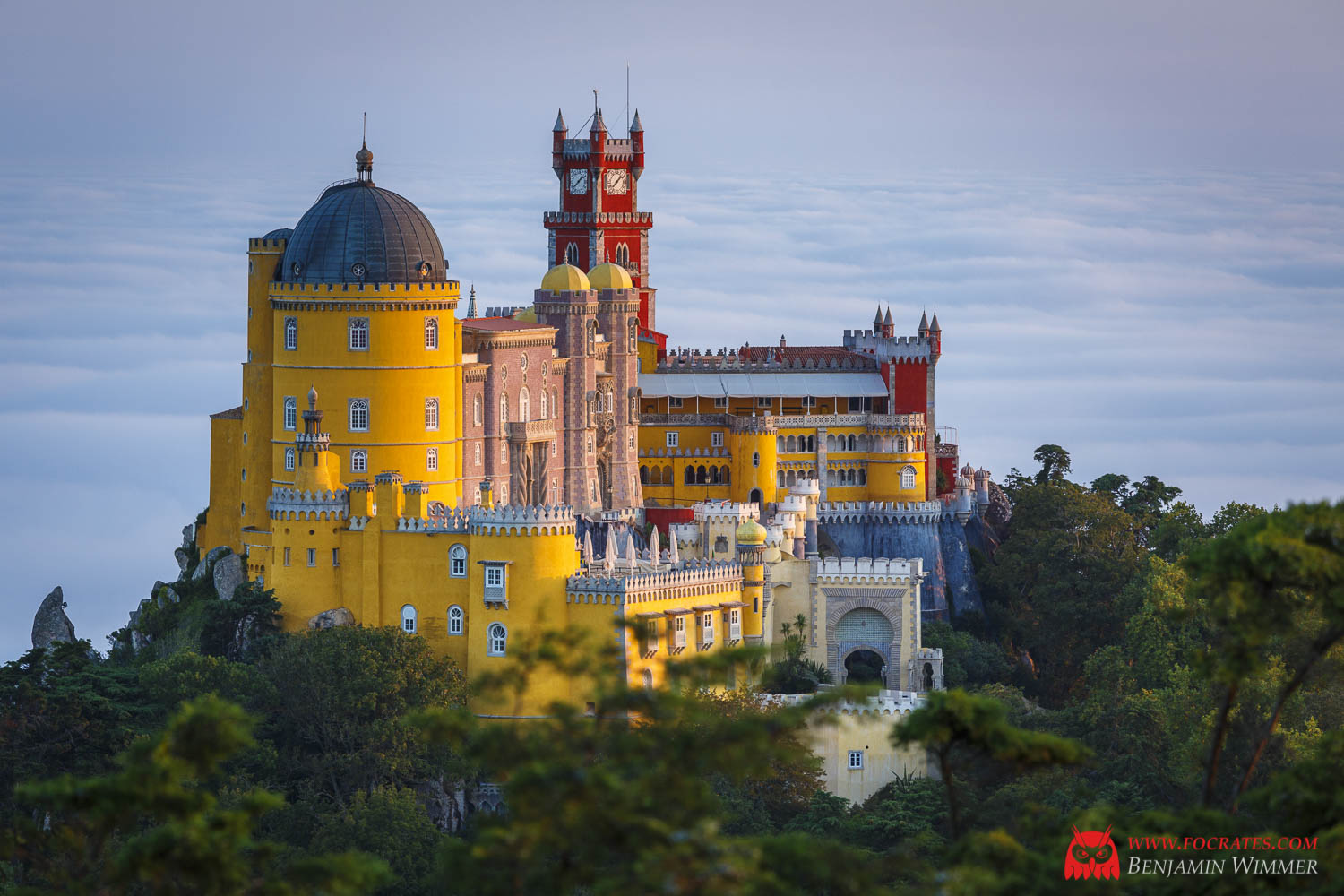
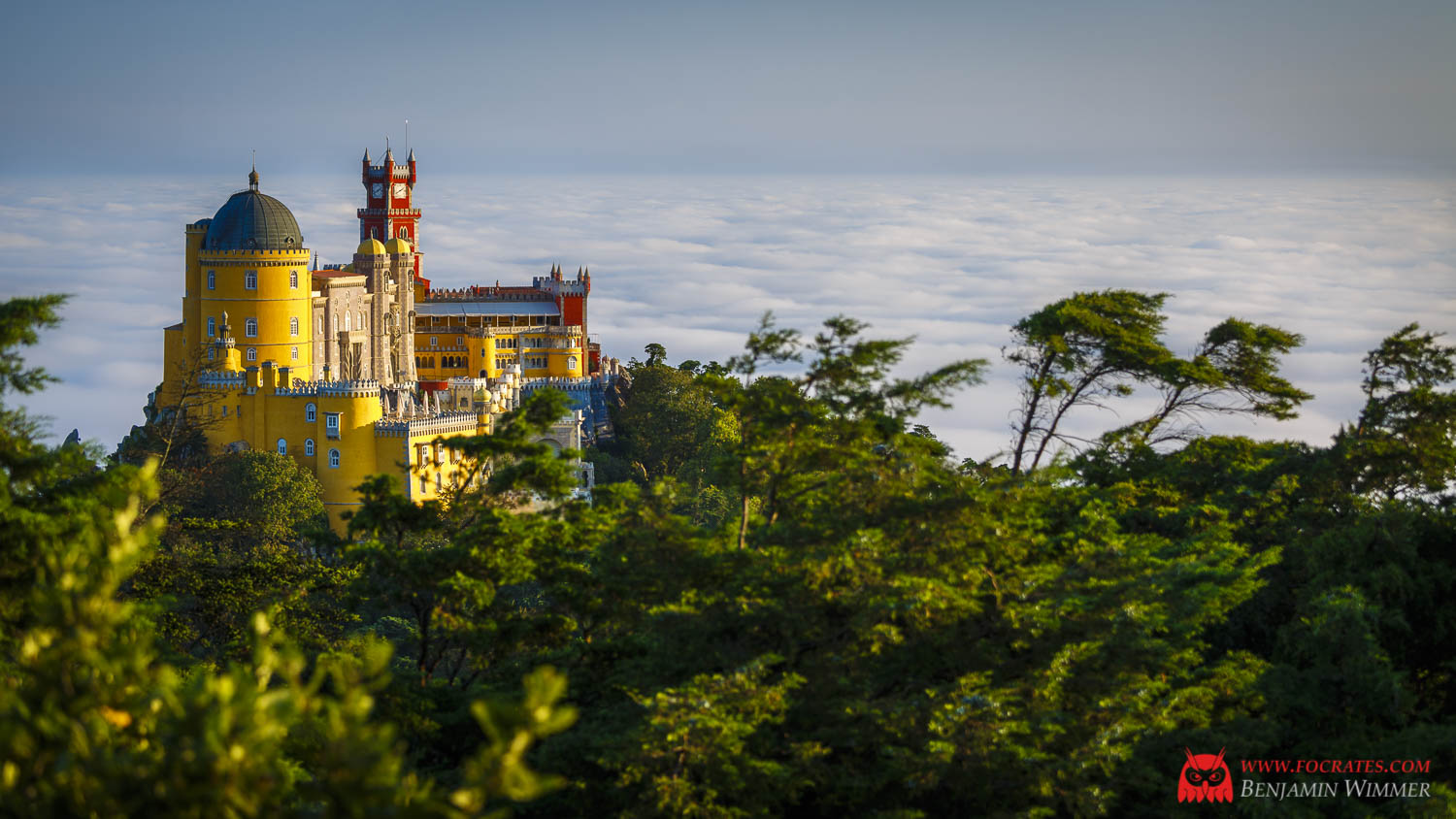
The national monument was erected by King Ferdinand as a summer residence in 1842 to 1854.
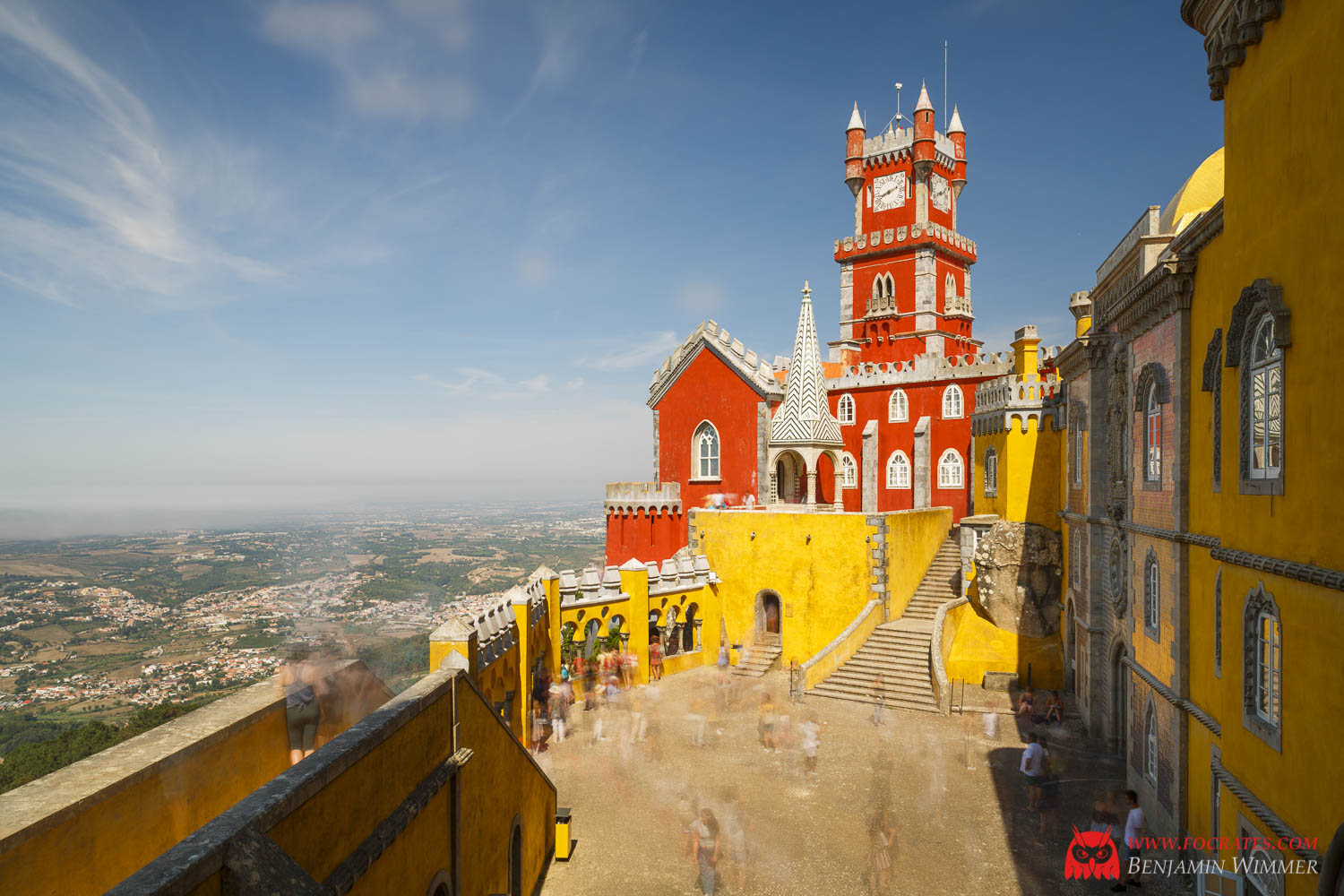
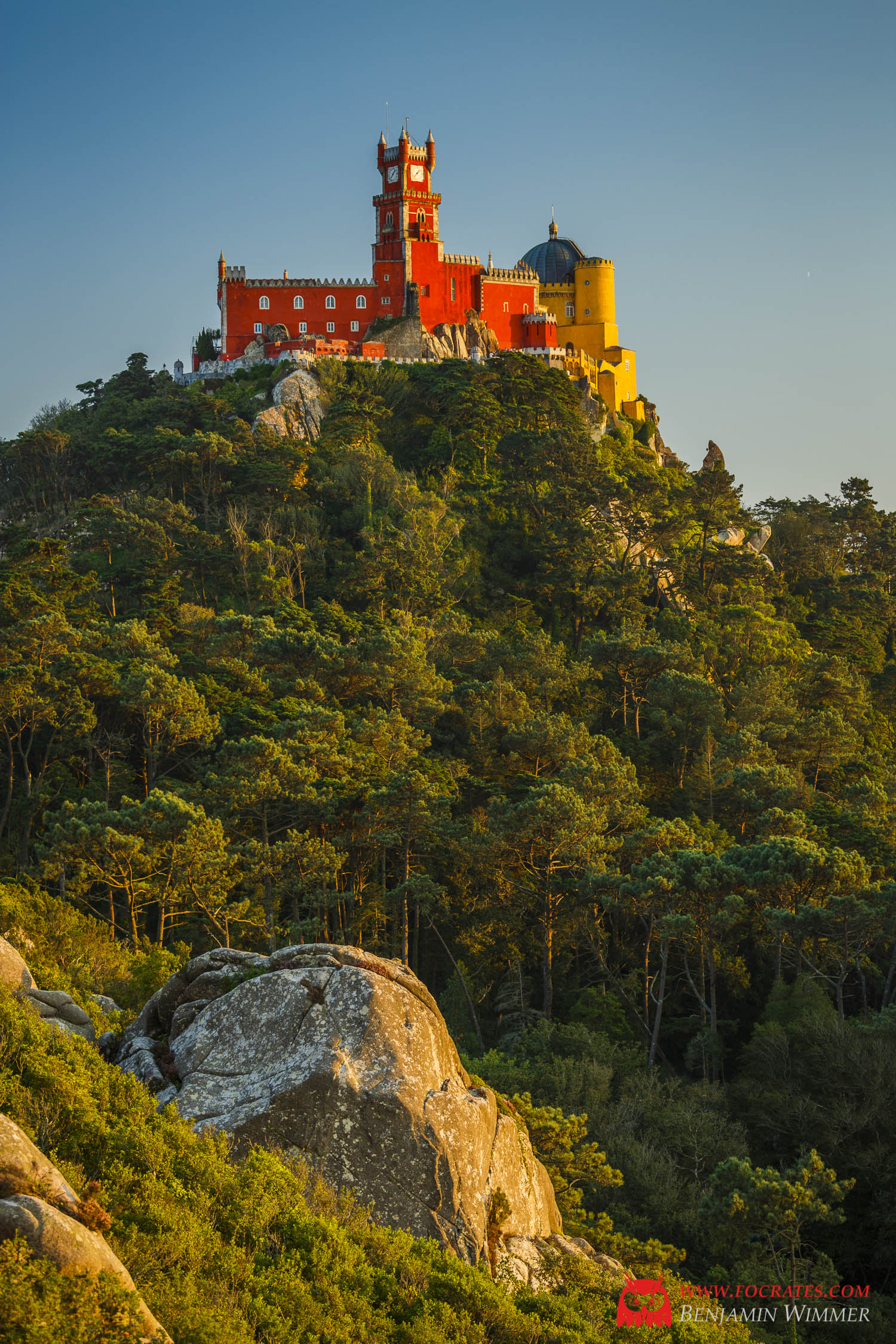
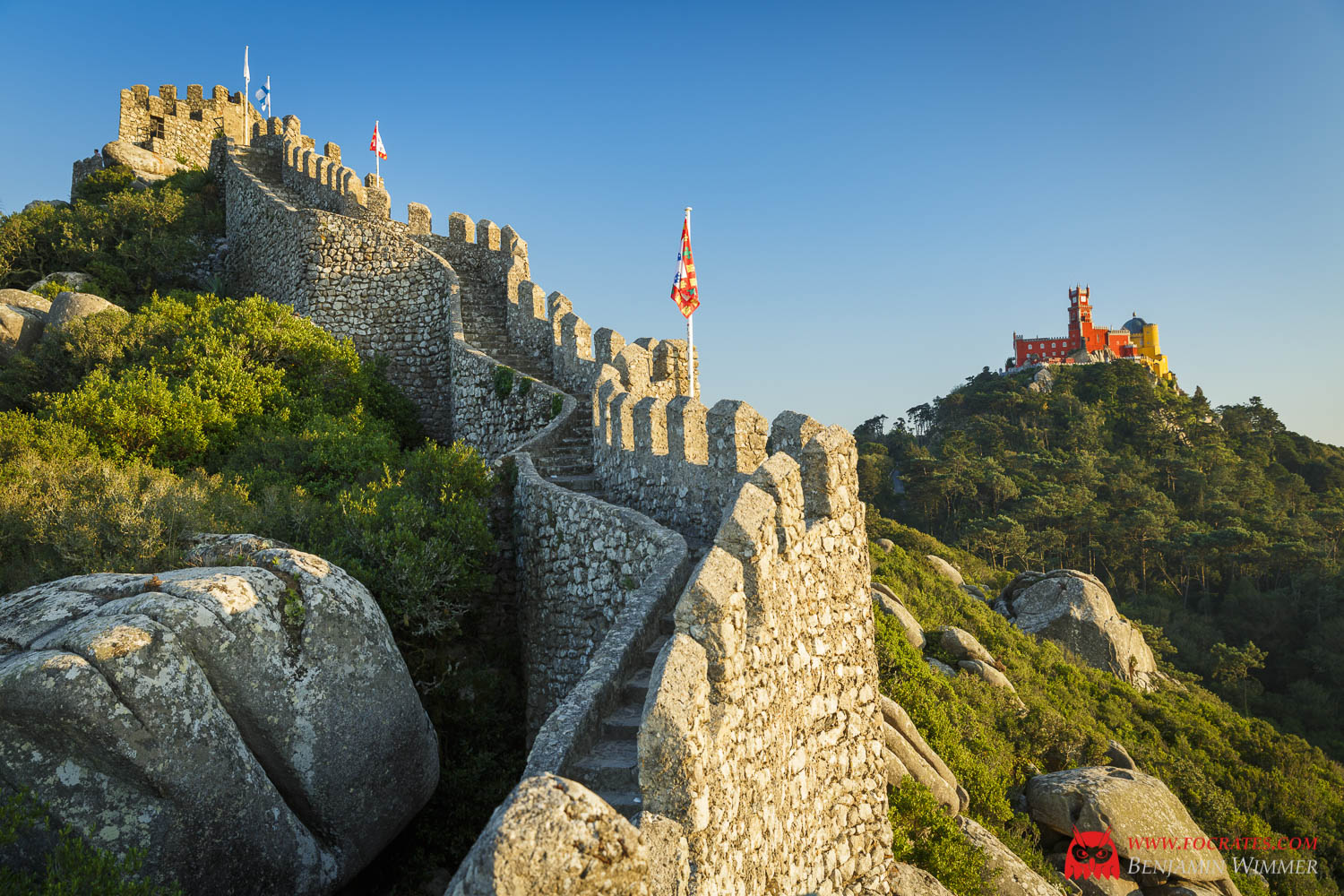
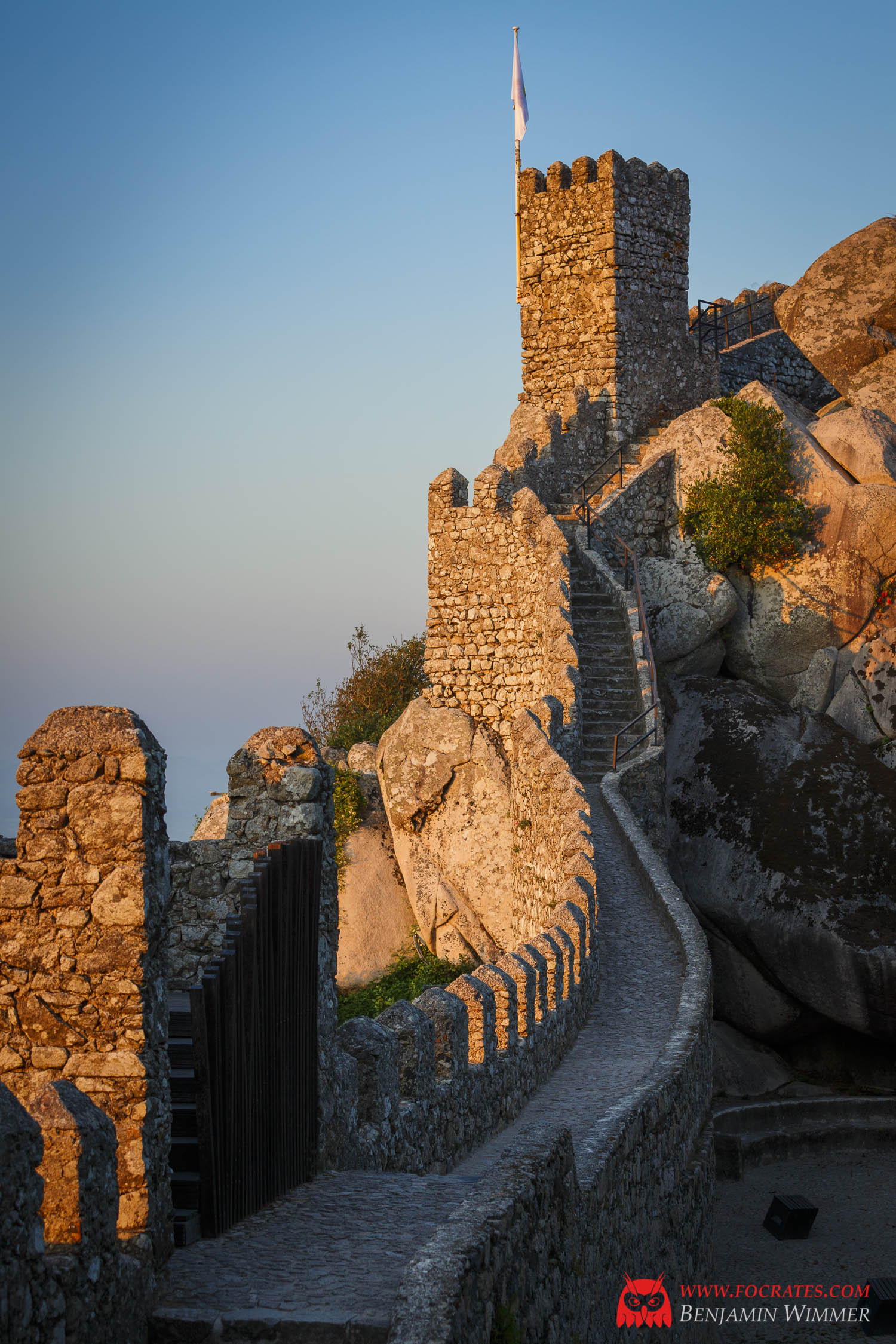
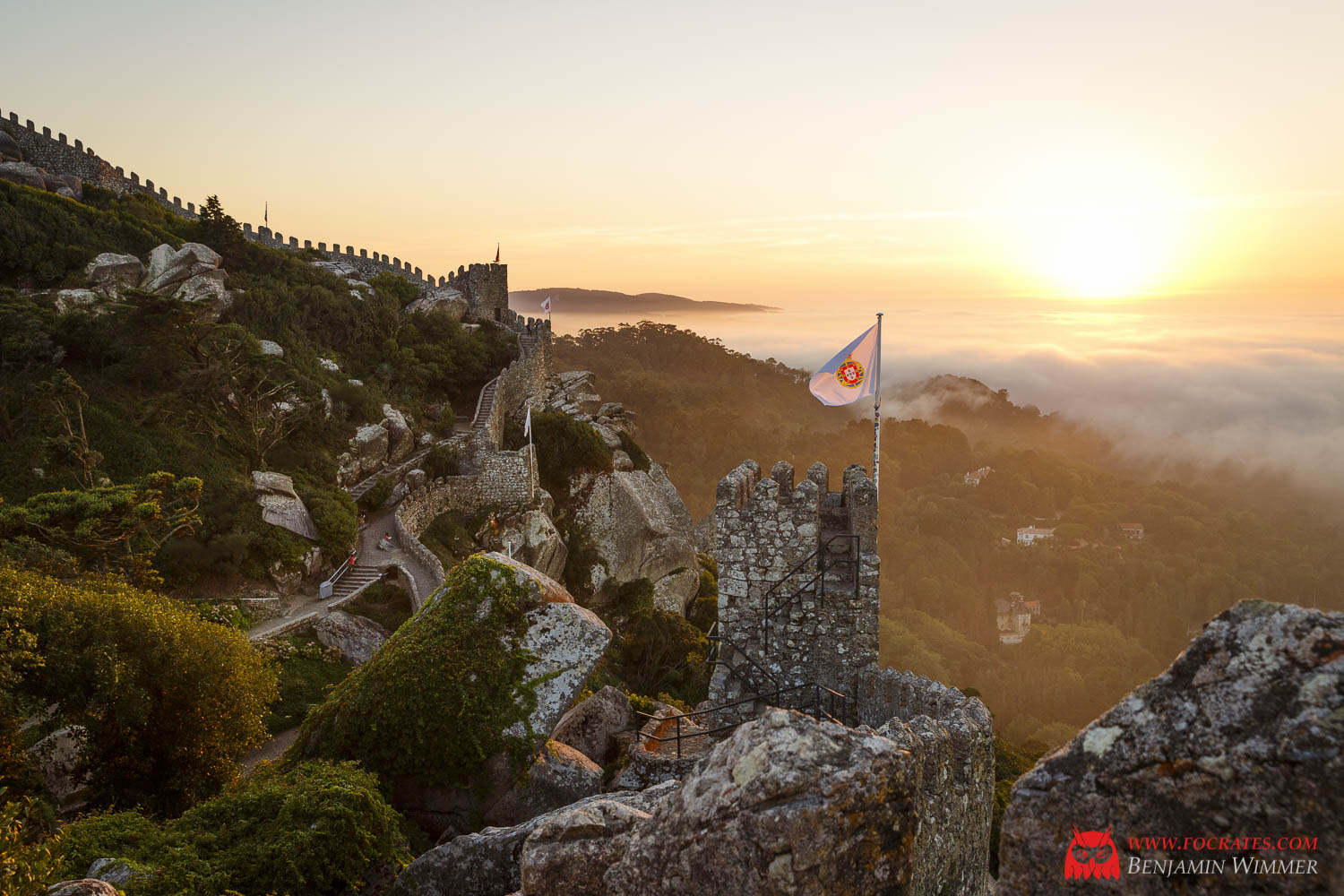
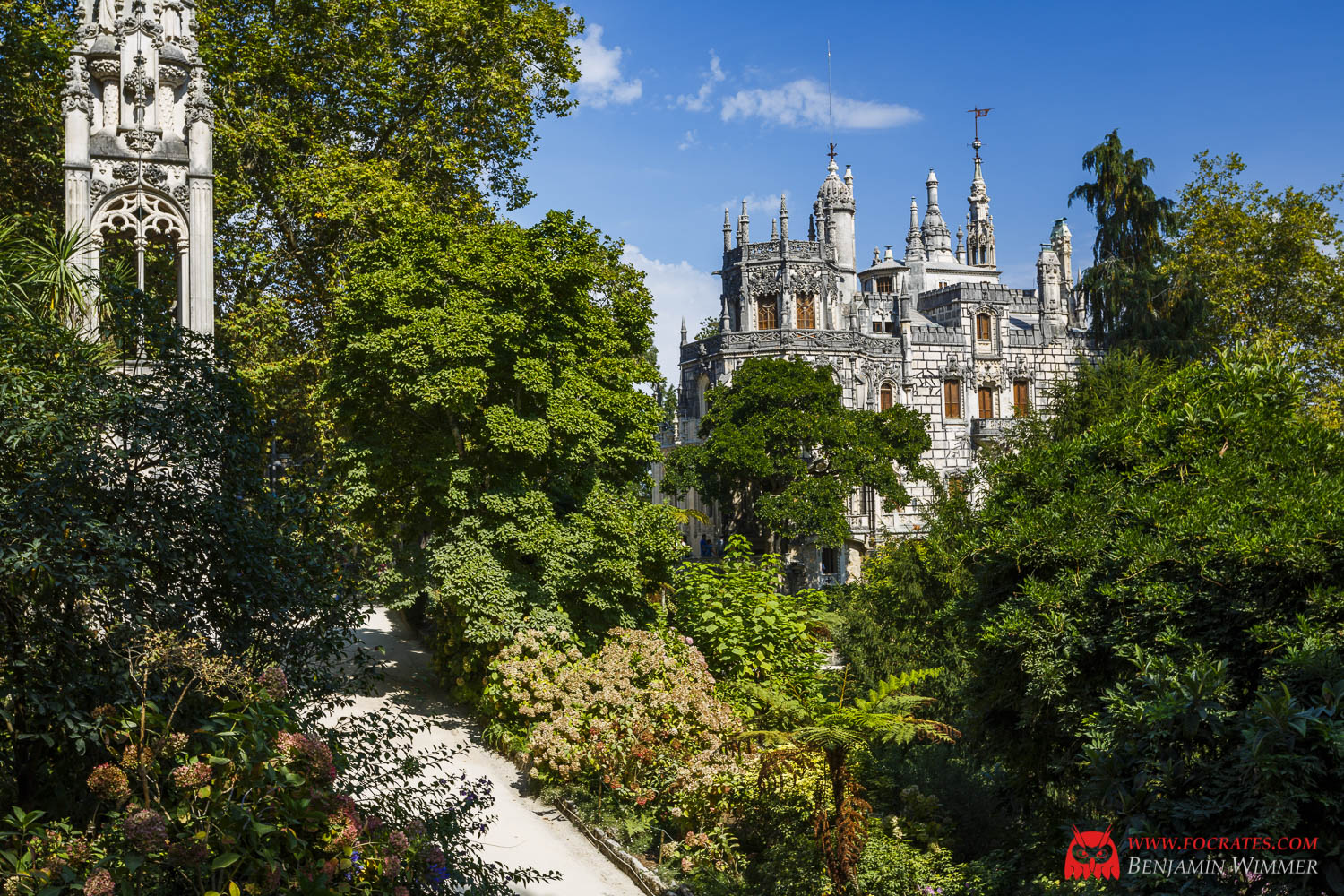
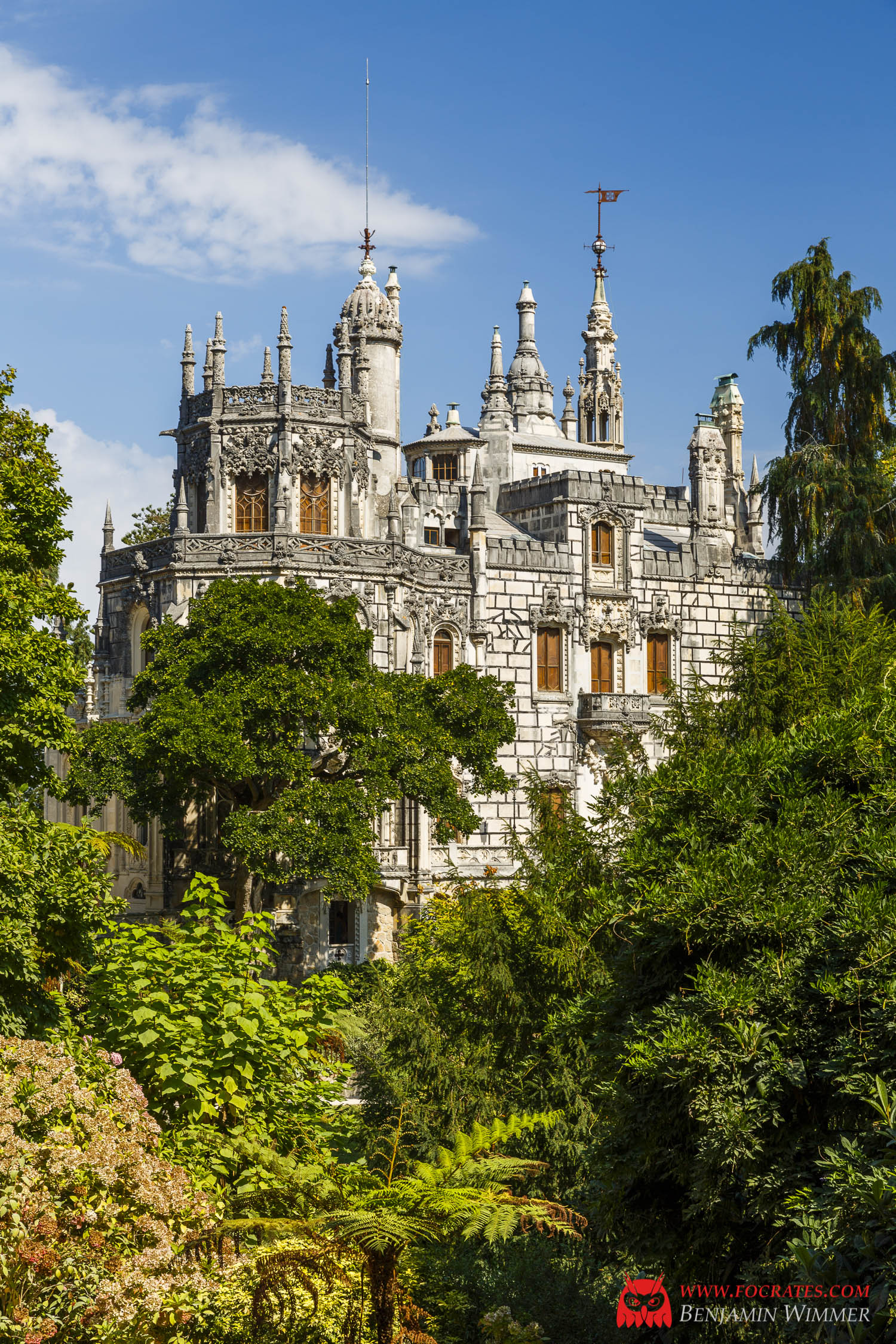
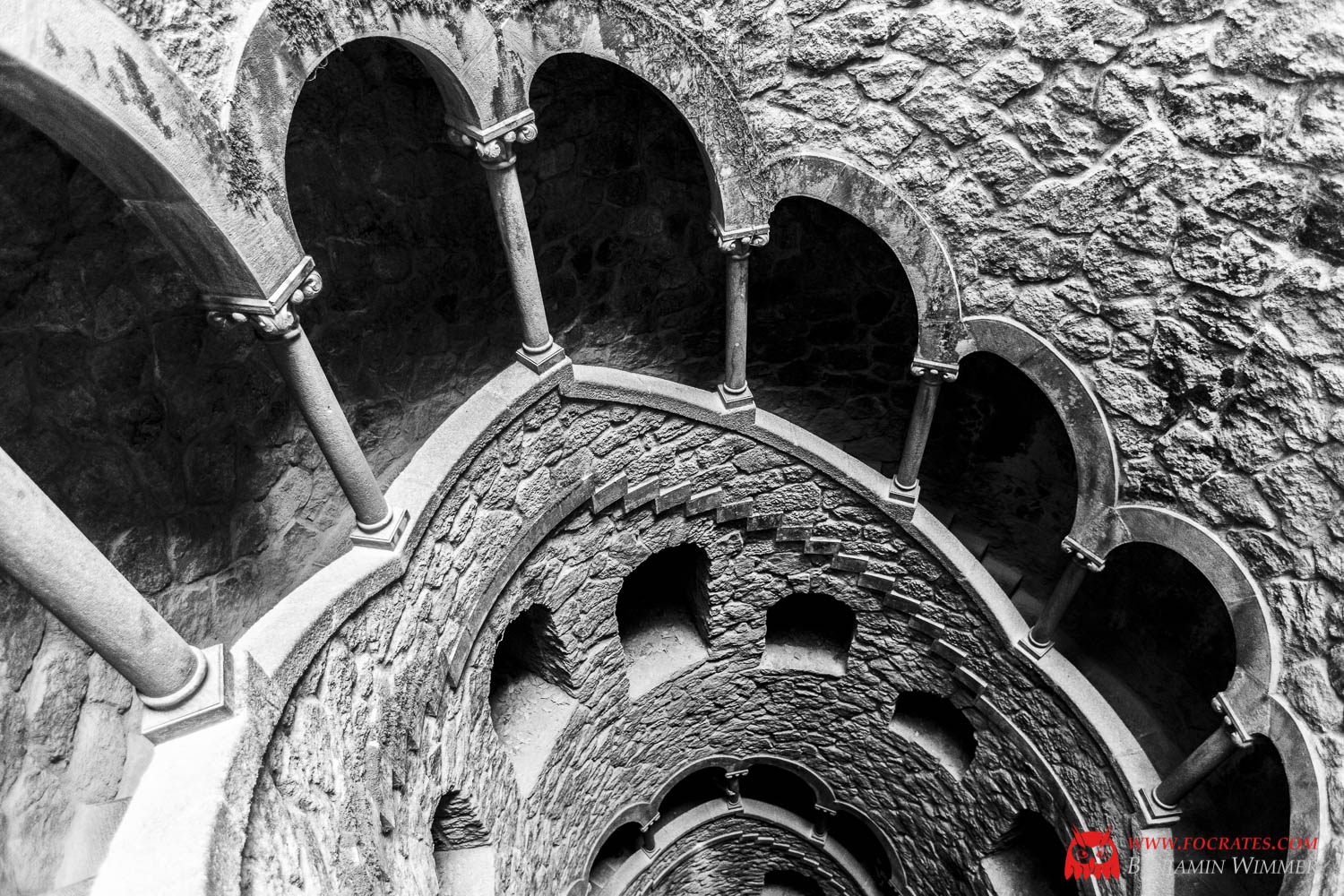
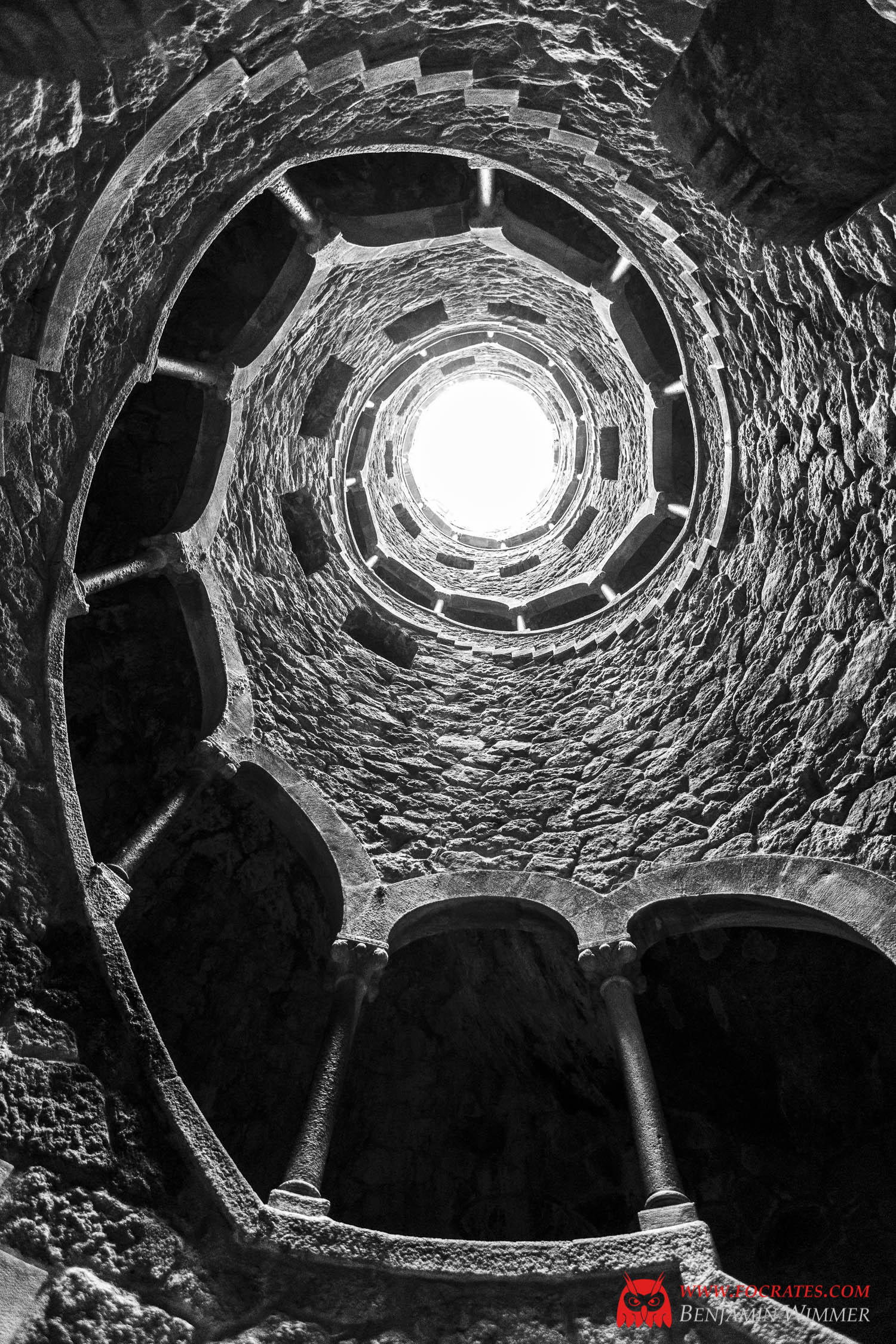
The Algarve
Portugals most southern and probably most famous region, the Algarve is a fascinating destination for landscape or bird photographers, surfers, kayakers, swimmers, sunbathers or anyone else who can appreciate its sandy beaches embedded within monumental cliffs.

The right time to take a picture of this spot is actually sunrise, when the sun illuminates the cliffs. But the one time I could have managed to get there in the morning the weather was quite awful, so I unfortunately kind of missed this amazing spot.



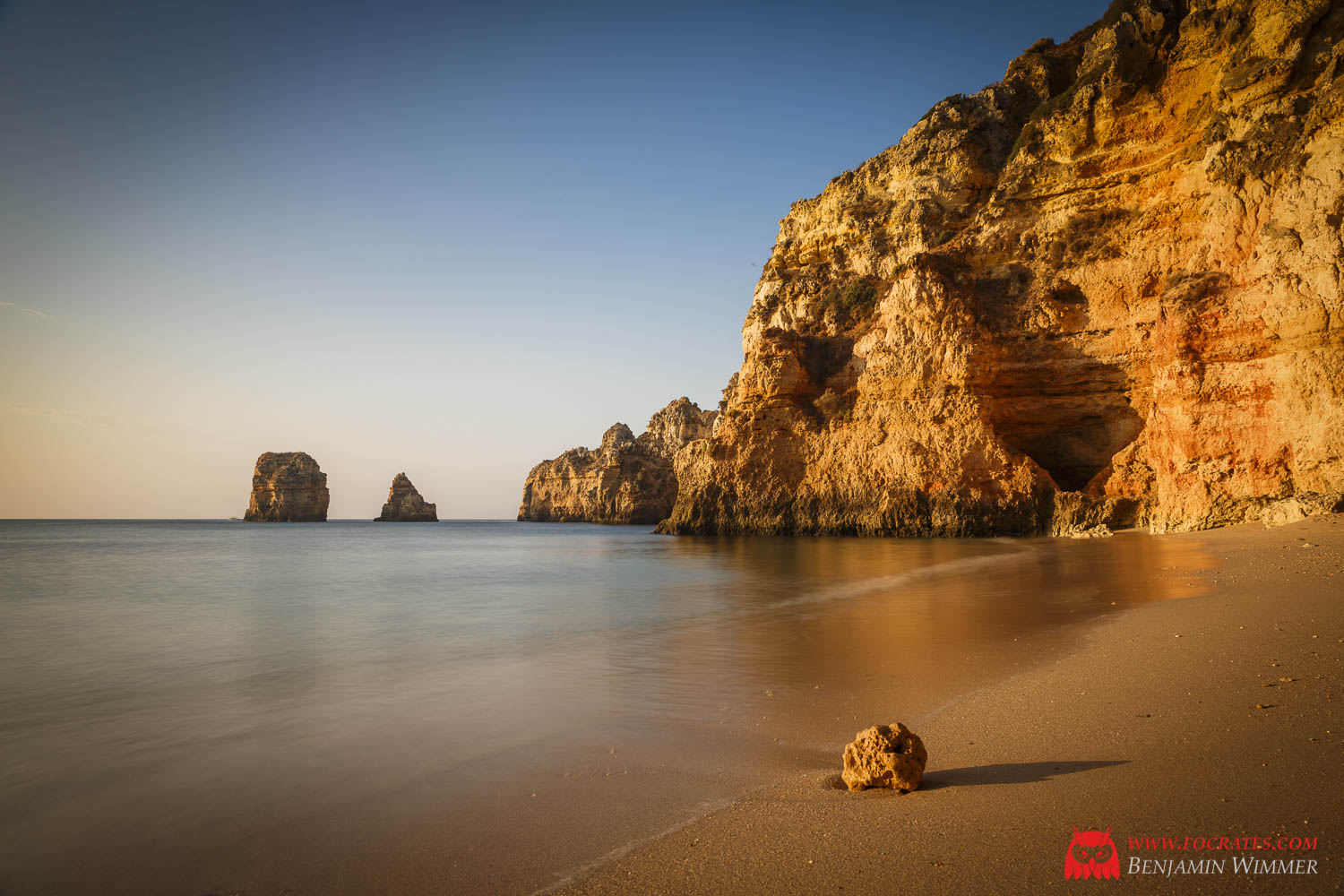
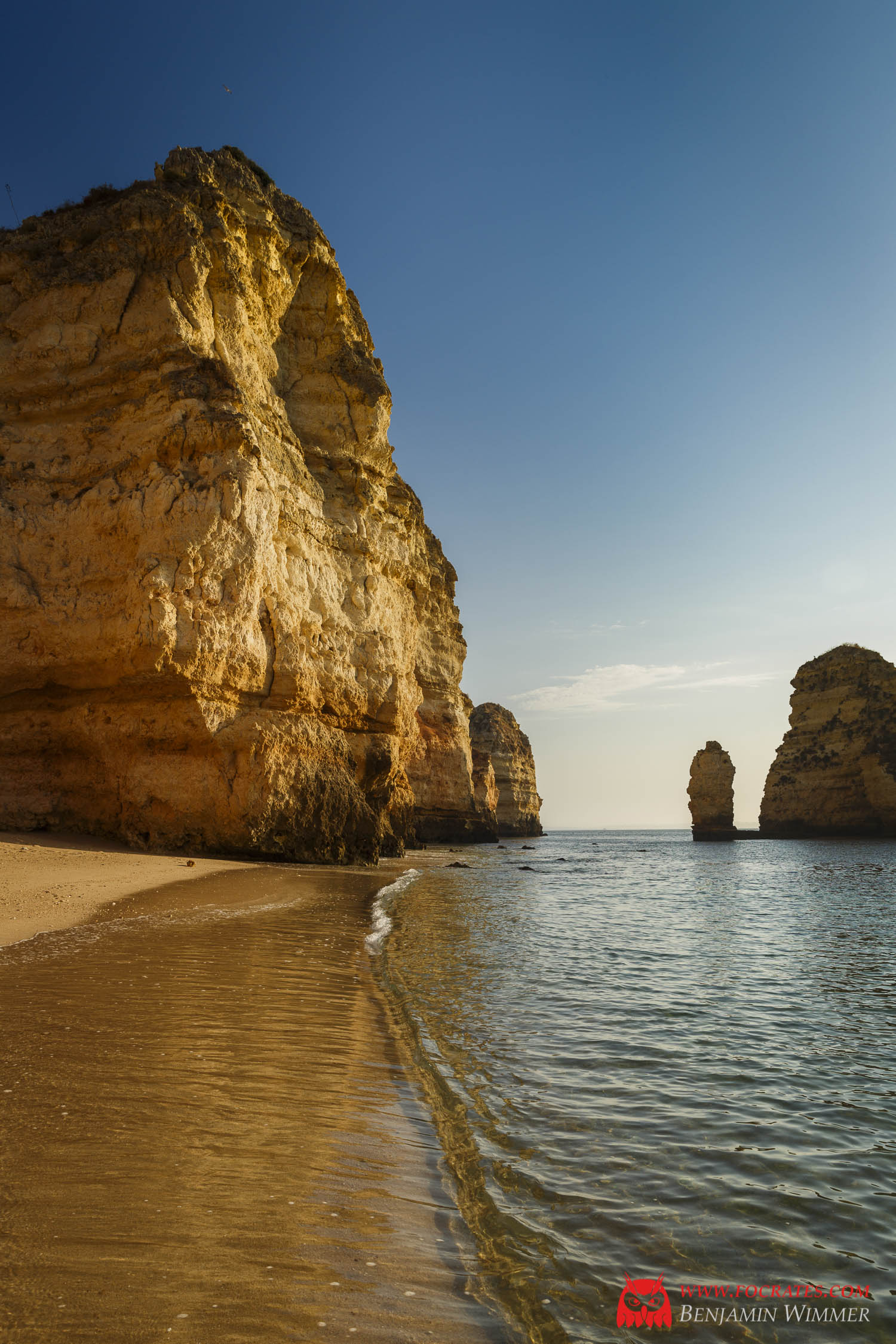
Lisbon
Portugals capital city Lisbon is with about half a million inhabitants the largest city in Portugal and was the final stop of my trip. The city is situated on seven hills which leads to many interesting viewpoints.

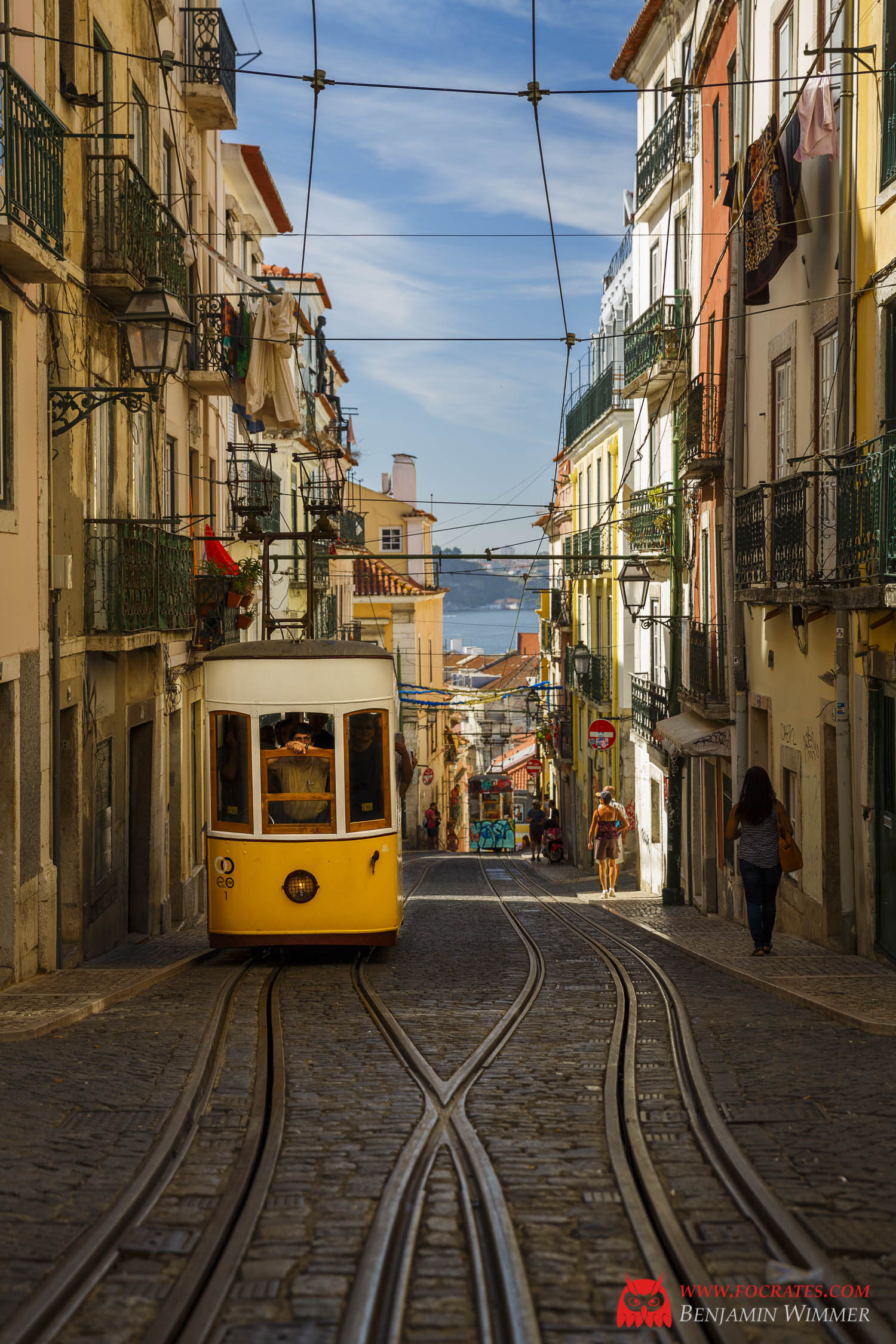
This image is the secret winner of the trip to me. That's because I expected absolutely nothing from it while I took it and even less so when I reviewed it on the cameras LCD. But after some post processing to handle the strong dynamic range it turned out to be on of my favorites.
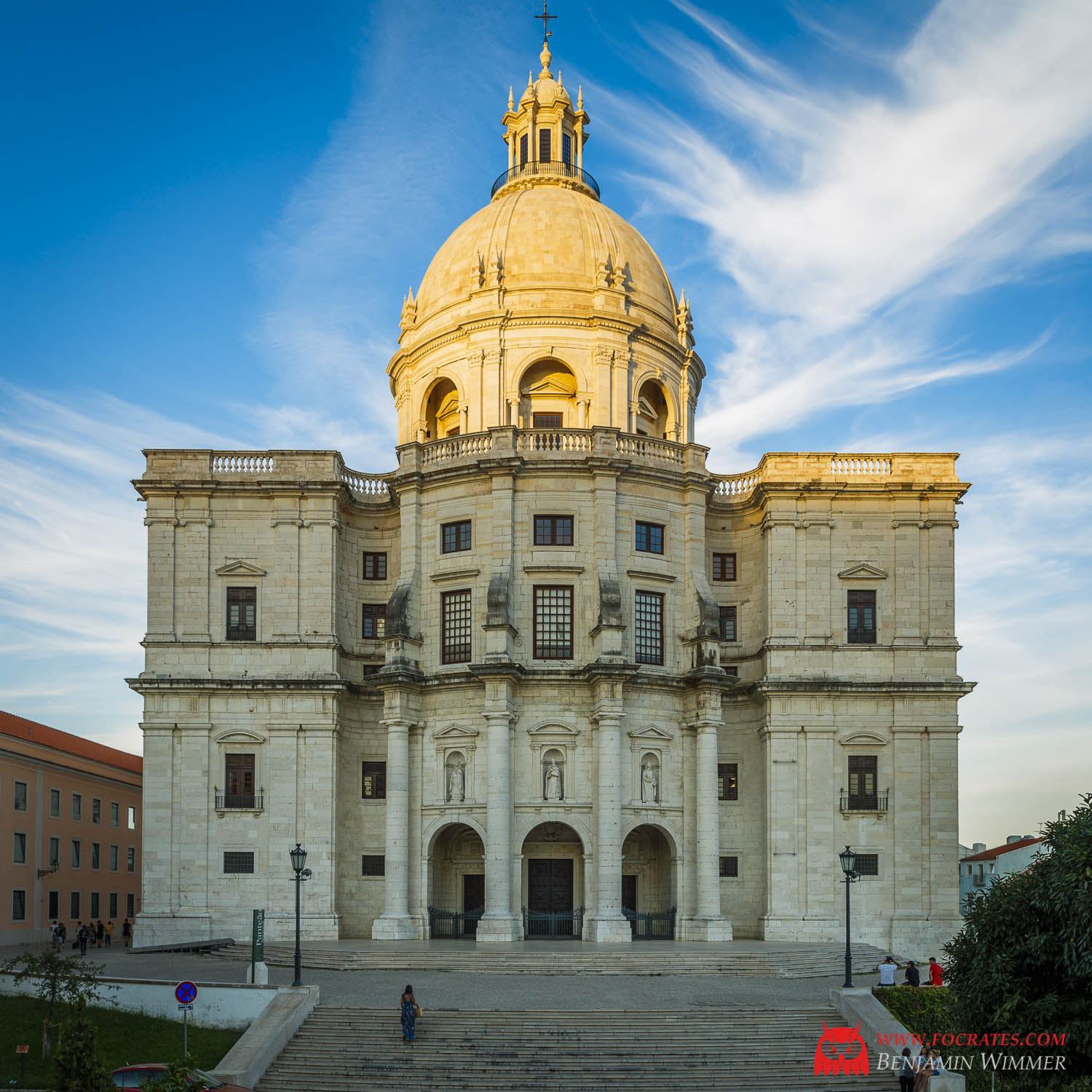

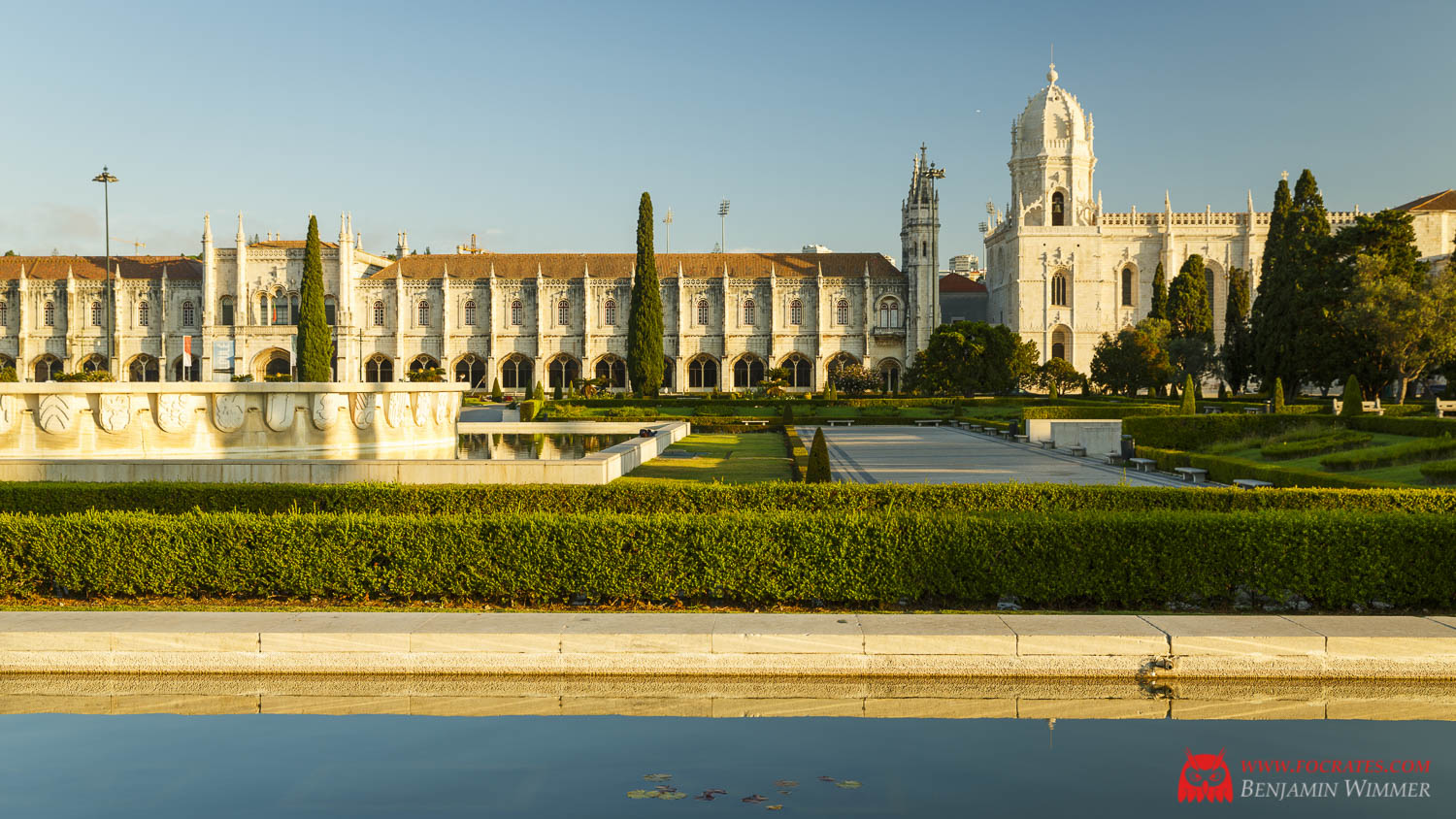
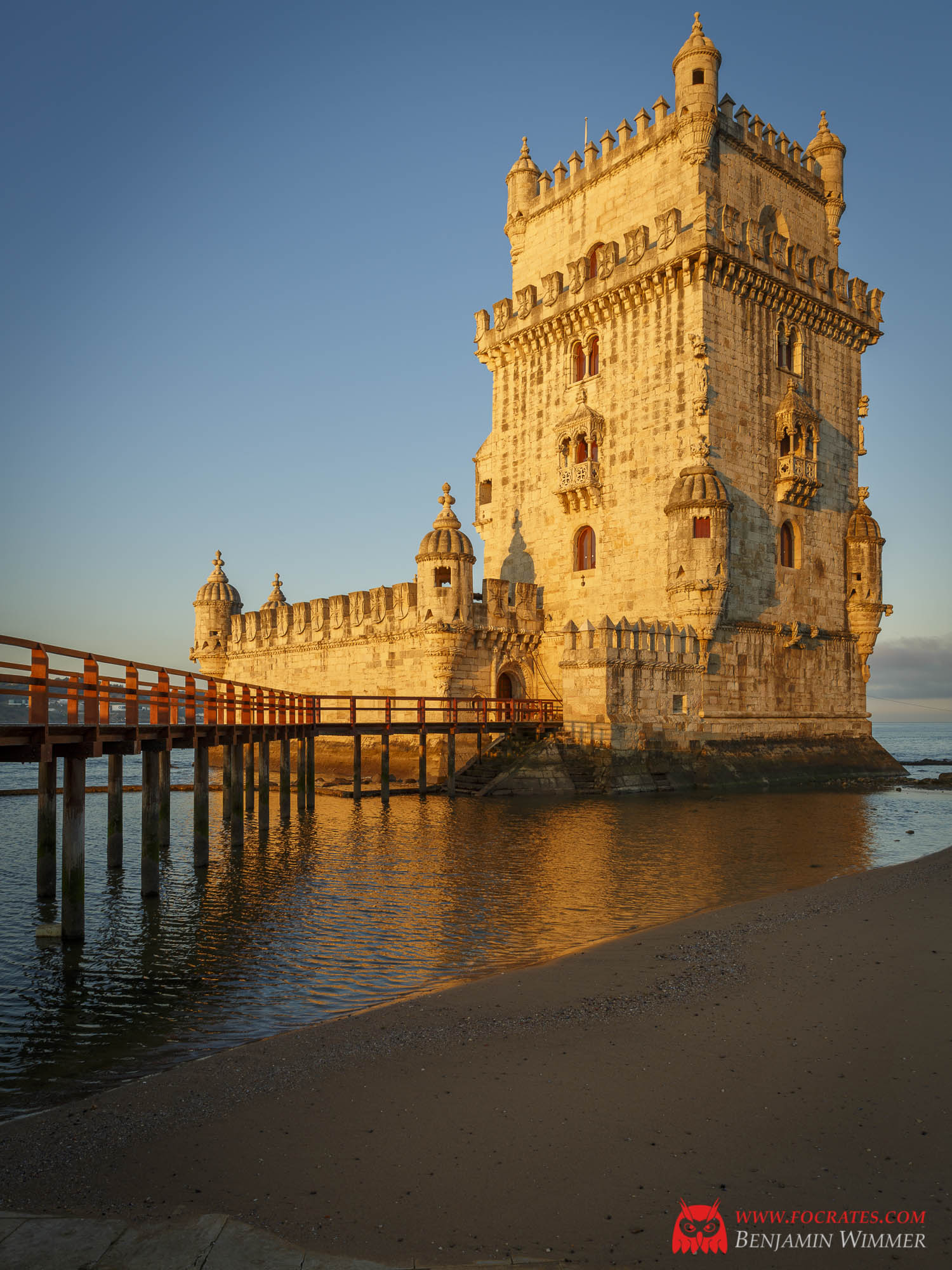



This concludes my little summary of the only big trip I was able to do this year. I hope you enjoyed it.
Thanks for reading!